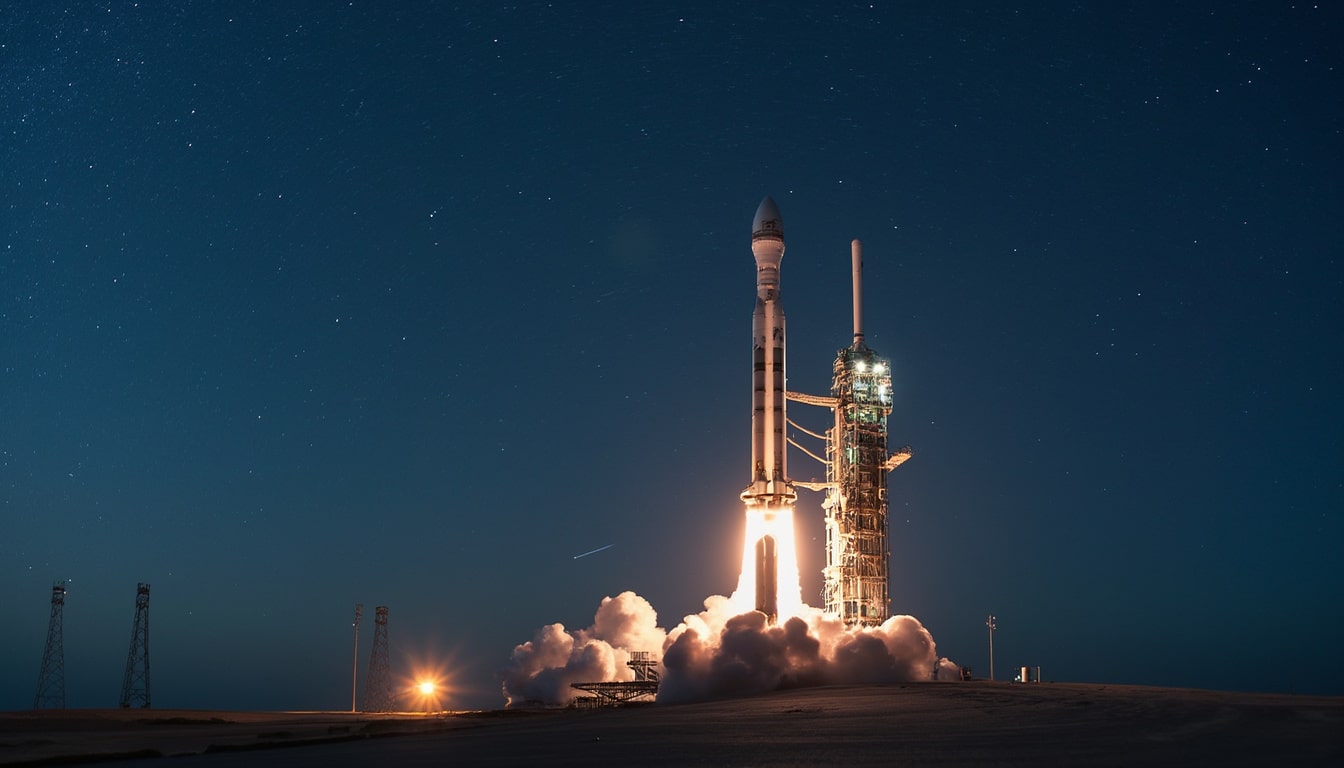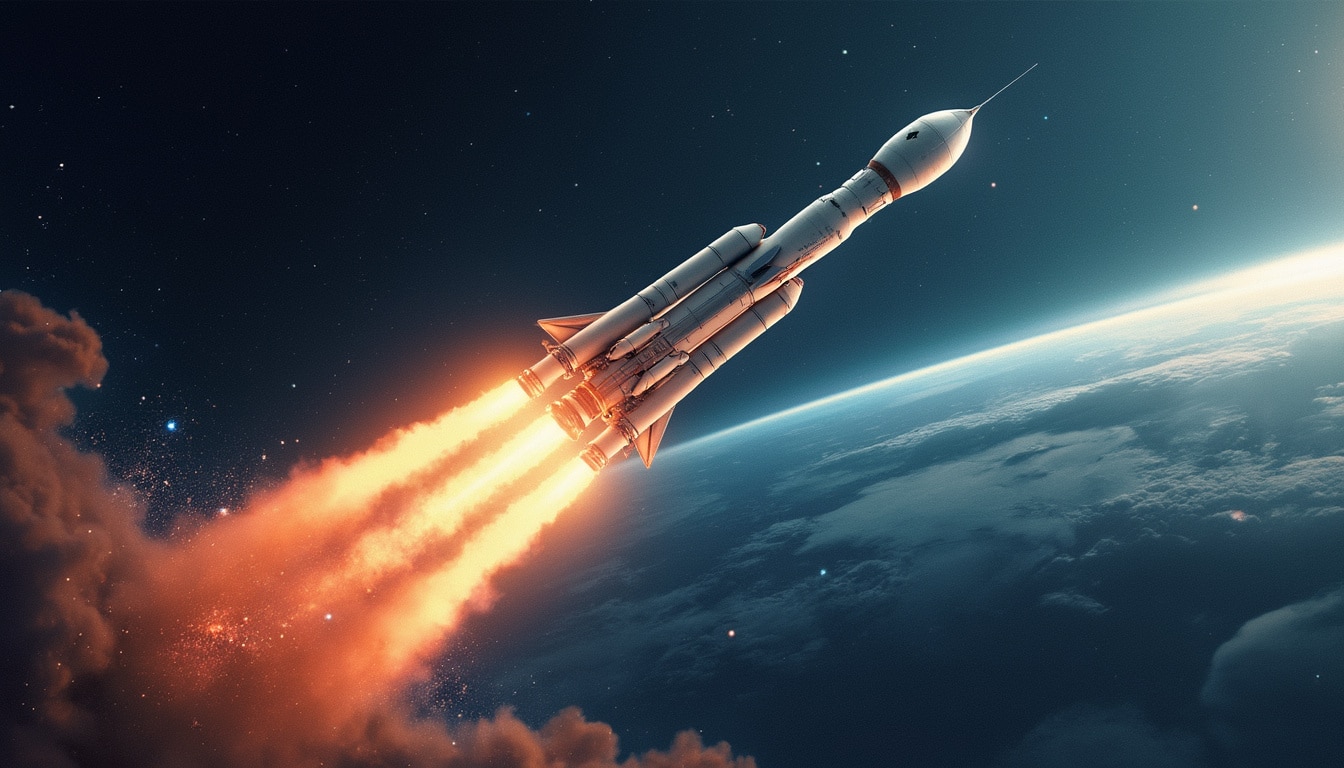SpaceX has once again faced delays, bringing attention to its scheduled rocket launch at Cape Canaveral. The planned launch of the Starlink 12-21 mission has been postponed, creating a buzz among space enthusiasts and industry watchers. This latest scrub has prompted discussions about the complexities of space exploration, especially regarding the technical and environmental challenges that often arise. With NASA’s Crew-10 mission also queued for an evening launch, the excitement is palpable as we anticipate what the night will bring. SpaceX’s ongoing efforts to improve its launch schedules highlight the dynamic nature of commercial spaceflight and modern rocket technology.
The latest developments leave many eager to see how the Falcon 9 will perform, especially after overcoming recent setbacks, including a fire incident that required extensive investigation and remediation efforts. With opportunities still remaining to see the Falcon 9 soar through Florida’s night sky, space aficionados are left holding their breath. Is tonight finally the night SpaceX delivers the mission we have all been waiting for?
The Latest on SpaceX’s Rocket Launch Schedule
SpaceX has drawn a considerable following due to its ambitious rocket launch schedule at Cape Canaveral. The buzz surrounding the latest planned liftoff of the Starlink 12-21 mission, initially set for earlier this week, has surely caught the eye of space enthusiasts across the globe. After facing weather-related issues earlier in the week, the Falcon 9 rocket was slated for rescheduled launch.”; one of the most anticipated moments of the year for the space community. A multitude of satellites was to be sent into orbit to expand the Starlink internet constellation, providing global high-speed internet access. However, the changing dynamics of weather and mechanical reliability have forced SpaceX to reschedule, reflecting the unpredictable nature of space exploration.

Launch Preparations and Challenges
Understanding the meticulous preparations that go into a SpaceX launch reveals the challenges faced by engineers and crews. Prior to the rescheduled launch, every component of the Falcon 9 rocket undergoes extensive testing to ensure reliability. Issues can arise unexpectedly, such as the fire that occurred following a previous launch attempt, prompting investigations and subsequent delays.
Contrary to popular belief, the SpaceX launch schedule is not solely dictated by the intentions of SpaceX. Variables such as politics, regulations, and environmental concerns also play crucial roles. Delays can often be a result of Federal Aviation Administration (FAA) reviews or other entities assessing the feasibility and safety of a particular launch window. The recent scrubbing of the Starlink mission and its relationship to the other scheduled launches, like NASA’s Crew-10, underscores how interconnected these events can be.
One prominent factor consistently influencing launch schedules is the weather. Cape Canaveral, located in a region that can experience unpredictable storms, can face immediate obstacles, such as high winds or electrical disturbances in the vicinity. Scrubs can occur if conditions are deemed unsuitable, which was the case when SpaceX had to halt preparations early in the week.
The Role of SpaceX in Commercial Spaceflight
Since its inception, SpaceX has been a trailblazer in the area of commercial spaceflight. Its efforts have democratized access to space, leading to a vibrant ecosystem where various companies can now thrive alongside major players like NASA. This shift is not only evident in the frequency of launches but also the variety of missions being conducted. The launch of Starlink satellites enables better internet access worldwide, while missions like Crew-10 further humanity’s endeavors in space research.
The Falcon 9 rocket itself is a remarkable feat of engineering, capable of carrying numerous payloads to orbit while ensuring safety and efficiency. Each launch of the Falcon 9 represents a step toward making space more accessible. As transformational as these technologies are, the journey toward success often continues to be fraught with hurdles, leading to delays and rescheduling of launches.
| Date | Mission | Launch Vehicle | Status |
|---|---|---|---|
| March 12, 2025 | Starlink 12-21 | Falcon 9 | Tentative Launch |
| March 12, 2025 | NASA Crew-10 | Dragon 2 | Scheduled Launch |
| TBD | NASA SPHEREx | Falcon 9 | Delayed |
Technical Aspects Behind the Rescheduled Launch
The complexity of the Falcon 9 rocket highlights the intricate technical details involved in any launch. Every component, from the engines to the rocket’s payload, requires detailed oversight and extensive testing. The process of integrating multiple satellites for the Starlink mission is particularly intricate, requiring a well-orchestrated effort to ensure success from the very first ignitions of the Falcon 9 engines.
SpaceX has consistently worked on improving its launch technology, refining processes to enhance performance, safety, and reliability. Each mission provides invaluable data that can be used to inform future endeavors, learning from both successes and setbacks. As the team at Cape Canaveral prepares for the next launch attempt, the dedication to innovation remains a defining feature of SpaceX.
Environmental Considerations and Regulations
With the increase in space launches, there are growing environmental concerns associated with rocket launches. The emissions produced during liftoff and the subsequent rocket stages can greatly affect local air quality and contribute to atmospheric pollutants. SpaceX must adhere not only to FAA guidelines but also monitor and manage its environmental impact efficiently.
The Cape Canaveral Air Force Station encapsulates many of these issues as it operates in a unique ecological zone. Balancing the demand for commercial spaceflight with environmental stewardship becomes an ever-important conversation between SpaceX and federal authorities, making it a significant factor in the decision-making process regarding the timing and phonetic of launches.
Public Interest and Social Media Presence
Public interest around rocket launches is immense, largely fueled by media coverage and online communities. Platforms such as Twitter and Facebook provide real-time engagement that allows fans and followers to share in the anticipation surrounding each mission. SpaceX’s social media presence is robust, offering regular updates that keep enthusiasts informed and engaged—building a broader appreciation for space exploration.
Looking Ahead: Future Missions and Aspirations
As SpaceX gears up for its next missions, the anticipation continues to grow within the aerospace community and the general public. The intersection of innovation and ambition remains evident with their announcements of future projects that stretch far beyond the immediate missions. SpaceX has plans for interplanetary aspirations, focusing on Mars and beyond, while still coordinating missions that bolster our terrestrial connectivity through the expansion of the Starlink network.
Feedback and lessons learned from previous launches will undoubtedly shape strategies as SpaceX sets its sights on even loftier follow-up missions. The company’s ongoing commitment to advancements in rocket technology and space exploration promises an exciting future for both enthusiasts and professionals alike.
The Collaborative Nature of Space Endeavors
SpaceX’s collaboration with NASA and other organizations symbolizes the shift towards more cooperative relationships in contemporary aerospace ventures. As private companies take on greater roles within the space sector, partnerships will play an increasingly essential role. The continuation of government support and funding is vital as private companies look for avenues to innovate further in their respective areas.
The Legacy of Falcon 9 Through Time
The Falcon 9 rocket has established a legacy unmatched by many contemporary launch vehicles. By revolutionizing the industry with reusable rocket technology and frequent launch capabilities, it represents just the start of what is possible. Subsequent iterations are anticipated to pave the way for ambitious missions that capture the imagination of future generations.
While the recent scrub of the Starlink mission may be disheartening for some, it underscores the meticulous nature of preparing for significant launches. Each delay also builds excitement, setting the stage for a brighter tomorrow where humankind’s reach into the cosmos becomes ever more tangible.





Leave a Reply